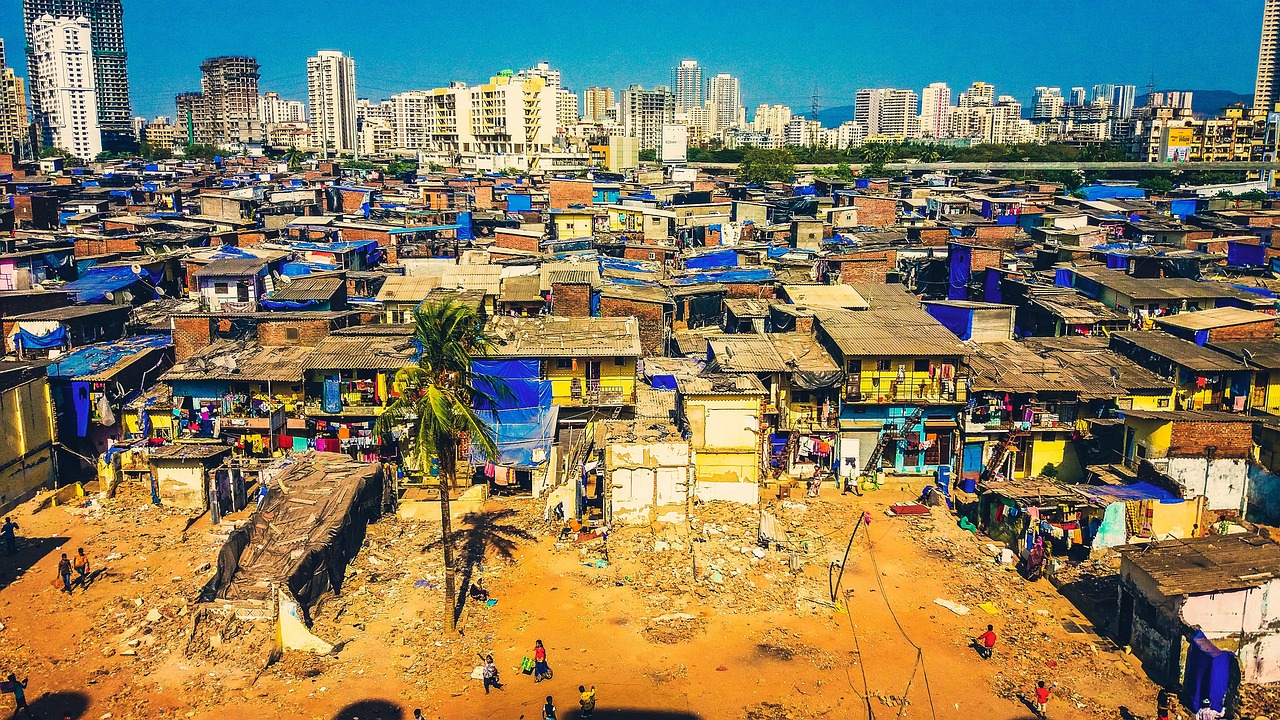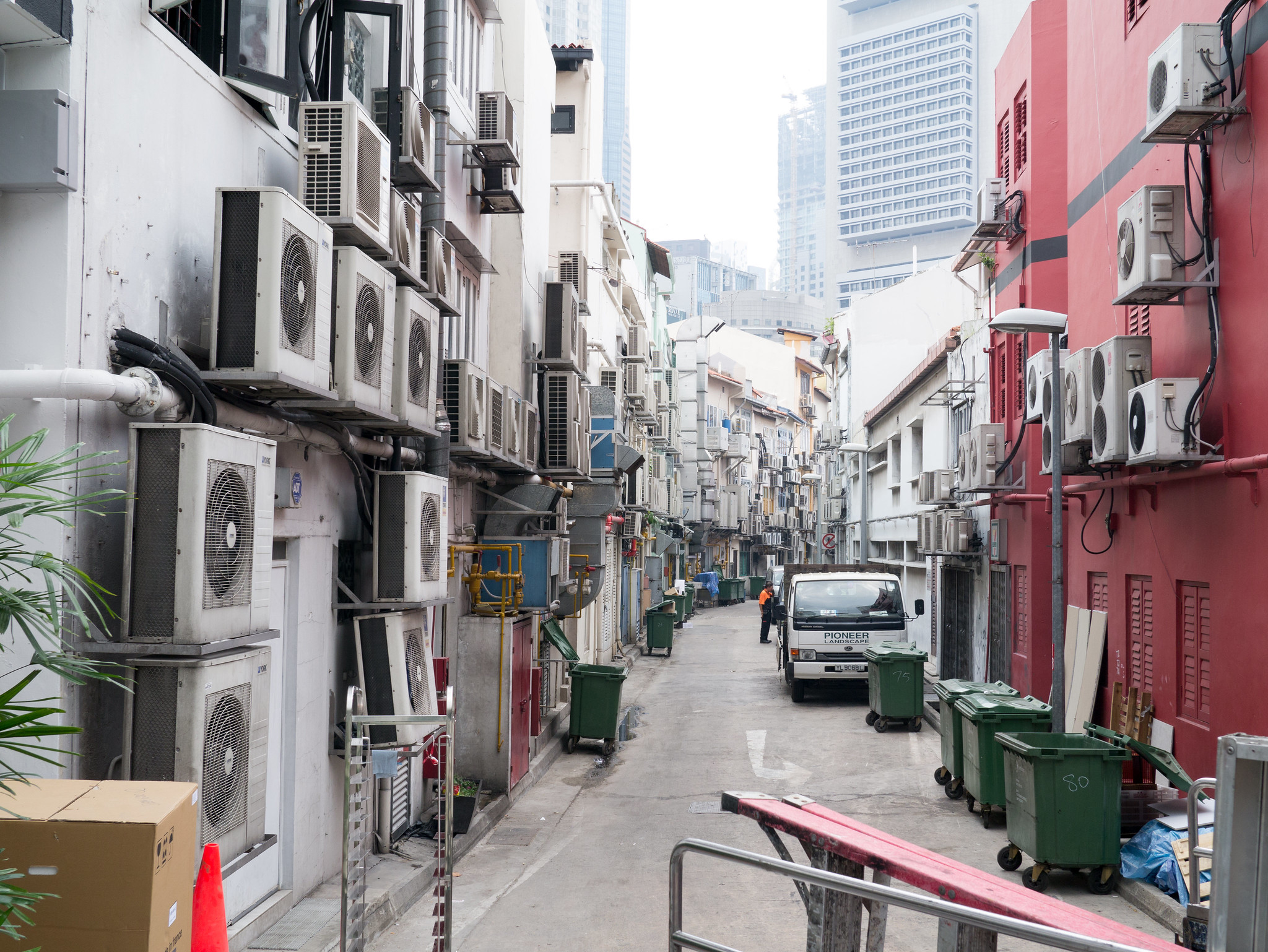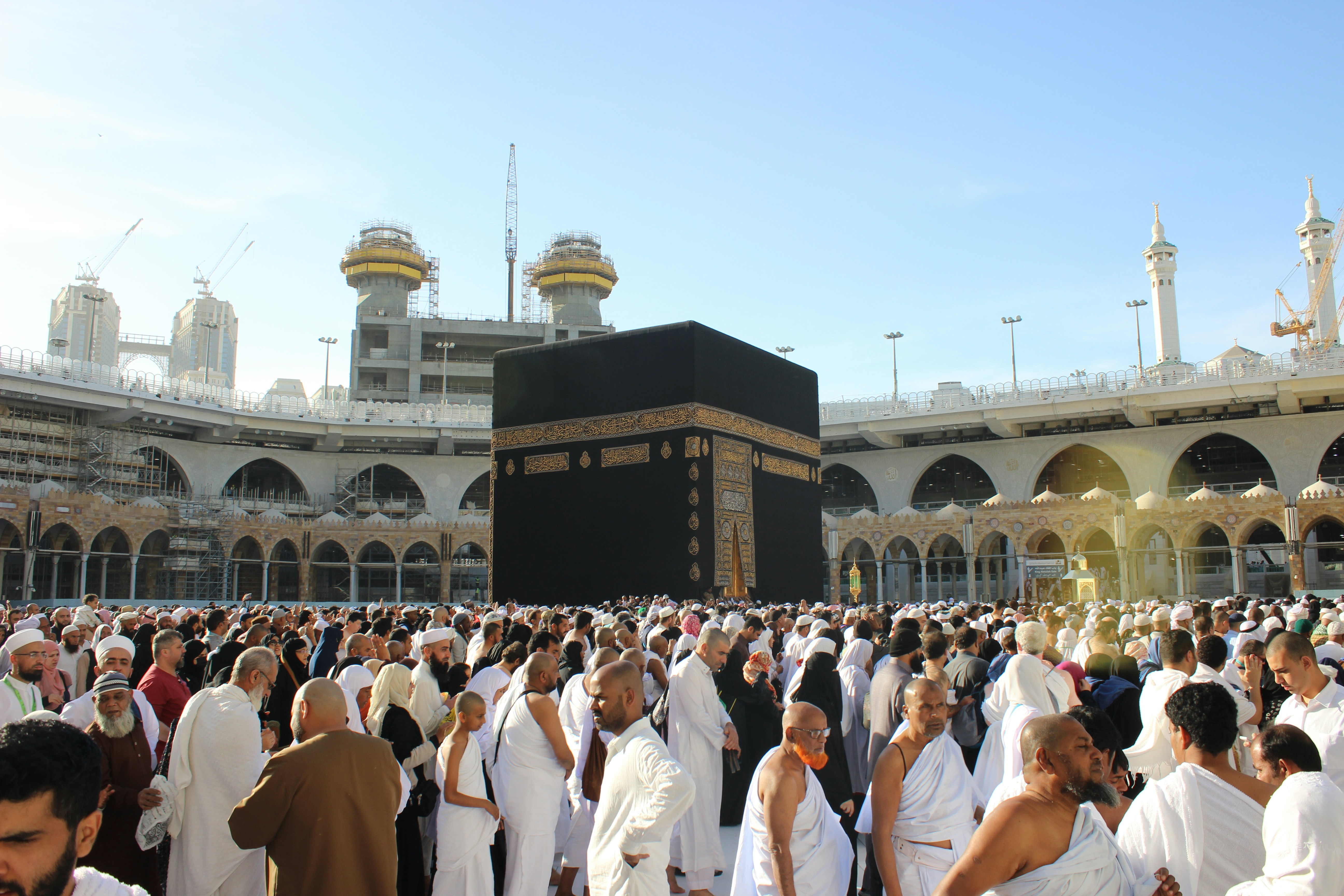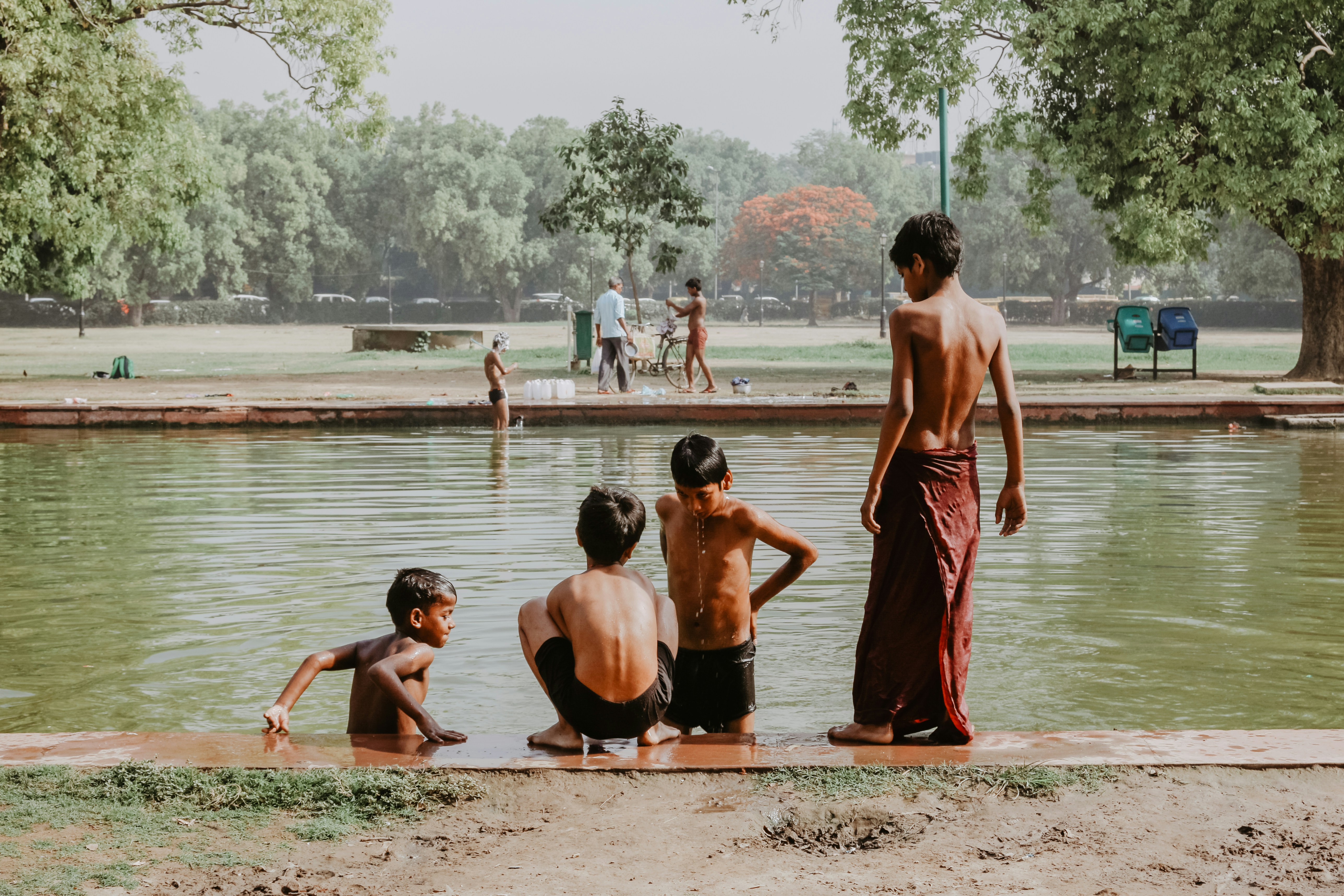We use cookies to improve your experience with Monash. For an optimal experience, we recommend you enable all cookies; alternatively, you can customise which cookies you’re happy for us to use. You may withdraw your consent at any time. To learn more, view our Website Terms and Conditions and Data Protection and Privacy Procedure.
The heat is on — what can we do about it?
Published on June 10, 2024Combating extreme heat needs action across multiple fronts: governance, health, urban planning and embracing more sustainable lifestyles.

Combating extreme heat needs action across multiple fronts: governance, health, urban planning and embracing more sustainable lifestyles.
April is usually the cruellest month in parts of the world. But in Asia’s blistering summer of 2024, May was a close contender.
Extreme heat swept across South and Southeast Asia over the last few months, with record-breaking temperatures recorded in India, the Philippines, Thailand and Cambodia, prompting school closures, affecting crop yields and hence food security and in India, leading to an election being run under extreme heat stress with deadly results.
Asia was the worst-affected region by the impacts of climate change in 2023. This was largely due to the El Nino Southern Oscillation that affects surface temperatures and impacts rainfall distribution across the globe, leaving governments scrambling to enforce measures to combat heat.
With escalating heat stress making itself felt as one the most tangible impacts of human-induced climate change, developing countries are at the forefront of the climate crisis.
They are the worst impacted by heat stress, which puts undue pressure on economies, human health, food security and labour productivity.
Among the many consequences of heat stress is the impact of extreme heat on Haj pilgrims to Mecca, with the annual pilgrimage scheduled in the month of June. The prolonged hot and dry weather also leads to an upsurge in forest fires in Southeast Asia. The rise in heatwave conditions in India has led to 1,038 forest fires being reported so far this summer in India’s Himalayan belt.
India’s Supreme Court recently framed the right to be free from climate change impacts as a fundamental right. The day may not be far away when people can approach courts to claim legal remedies for greater state action against climate change. This is already underway in Western countries like Switzerland.
But for now, the political economy of heat in South and Southeast Asia has its roots in caste and socio-economic hierarchies, which determine access to cool air-conditioned environments, clean water, protective clothing, and other measures to reduce core body temperatures. The most vulnerable are farmers, construction workers, daily-wage labourers, gig workers and migrant labourers.
Indiscriminate land use creates urban heat island effects, where urban areas are significantly warmer because buildings and paved surfaces absorb and re-emit the sun’s heat. Clustered urban slum settlements across South Asia often mark a higher heat index than outside temperatures. Framing heat relief as a community right has the potential to change how heat affects people.
Combating extreme heat needs action across multiple fronts: governance, health, urban planning and embracing more sustainable lifestyles.
There must also be a delicate balancing act between the green energy transition of developing economies, net zero emission targets and their heightened energy use during the summer months.
360info does a deep dive into the problems associated with heat stress, and the solutions and interventions available for countries in South and Southeast Asia.
Originally published under Creative Commons by 360info™.











